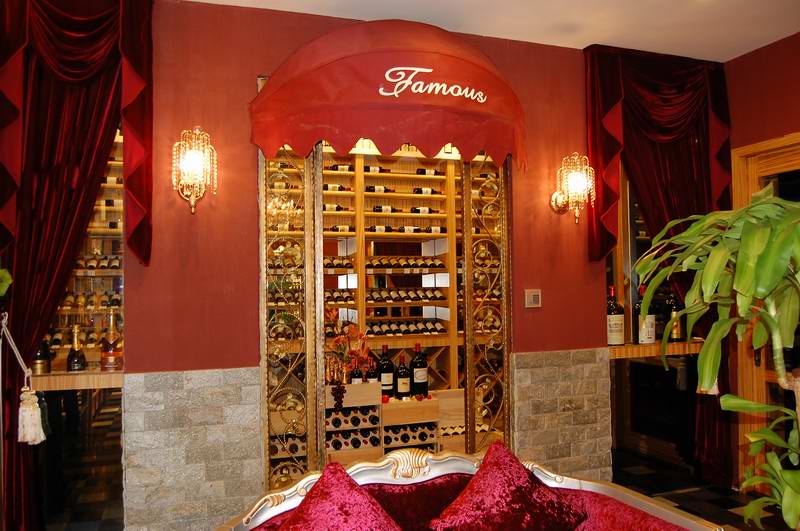Dan Berger: Good port is a good bet for aging

A decade ago, one of the most-asked questions I got was, “How long do you think this wine will age before I drink it?”
That was then. For about the last decade, almost no one has asked me. The only reason I can give for this is that people didn't really care about aging wine. Which appears to be reflected in the way most red wines were made since the mid-1990s. (Very few white wines are made to be aged.)
So was taken aback last week when someone asked, “Will this wine age?” I wrote about aging red wines just six months ago, but the question seems to be making a comeback. And a few more wines are being made to be aged.
This subject is fascinating in view of the fact that for centuries the best wines were known to improve for years in the bottle, and the phrase, “Like fine old wine” has come into the language as a reference to greatness in maturity. We then went though a period where aging wine was not considered to be an issue.
This subject is extremely complex and hard to answer simply. I could always answer by asking back, “How long are you talking about keeping a bottle of wine in the cellar?” If the query comes from someone who wants to lay away a case or two for a child who was recently born, for the child's 21st birthday, then the answer was: You're on your own.
With the exception of some pretty expensive wines, I know of few red wines made today that I'd feel comfortable suggesting can be kept that long — and still be drinkable.
The one exception is vintage Port from
That's a lot of wine, especially for Port. A hundred gallons of port makes about 500 bottles of wine! On the plus side, however, vintage Port is one of the longest-lived of wines. Dry red table wine is another story.
Some great
Oddly enough, one of the most age-worthy red wines is made from the oft-disparaged Petite Sirah. But one reason we age them as long as we do is that they can be frightfully tannic when young.
Top wine makers suggest that the key element that allows a wine to age is not overt fruit or a slug of oak, but balance. A balance of all elements, acid and tannins included, are essential for a wine to age.
A wine with huge amounts of fruit, but without the structure to hold that fruit is likely to be dead in just a few years.
Of the wines in our cellar that have aged the longest, most are Italian. Barolo and Barbaresco in particular show the characteristics that age well. When they are young, good ones generally have the fruit (roses, cherries, tar) that indicates the intensity of the Nebbiolo grape along with strong tannins and acid that need decades to smooth out.
But we had a bottle of a great 1990 Chianti recently and it was already beginning to fade, so 20 years seems to be limit for such wines.
Finally, just because a wine tastes good when it's young is no guarantee it will taste great with age. Indeed, some of the most appealing young wines begin to decline very soon after release.
Wine of the Week: 2007 Quinta do Vesuvio Porto,
Dan Berger lives in

